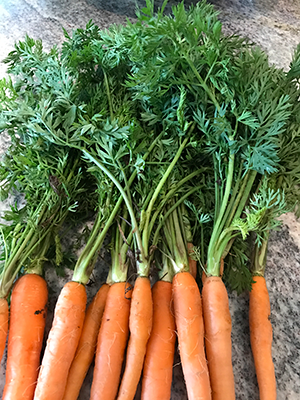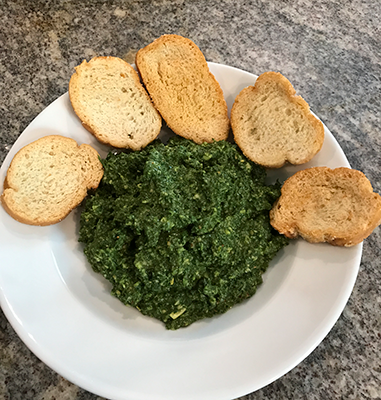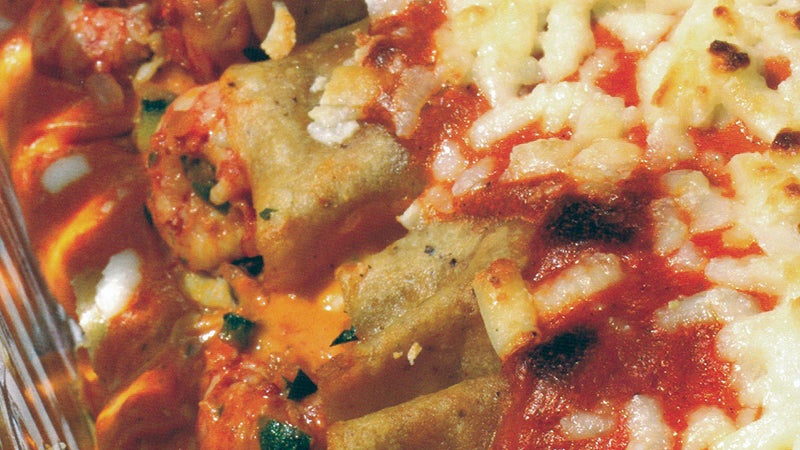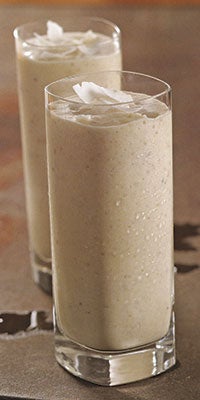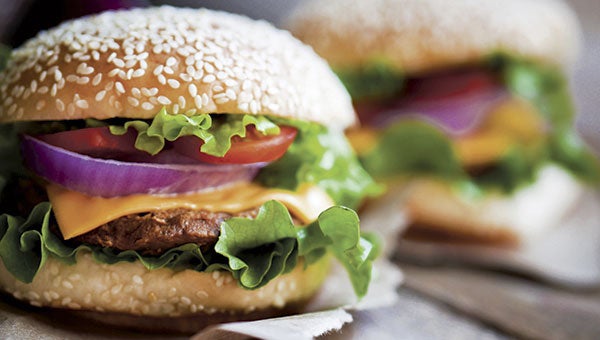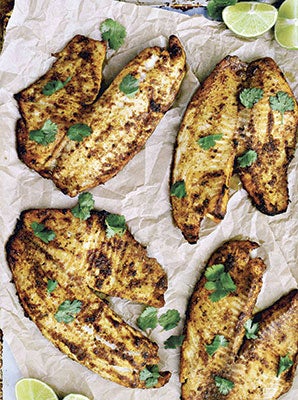Creative uses for foods we usually waste
Published 2:23 am Saturday, April 14, 2018
We all waste food! I am as guilty as anyone since I see the food I throw out because I could not get it cooked or just too lazy to try and use all the parts of the vegetables.
Carrot tops, cauliflower leaves, broccoli stems, onion skins, potato peels, and watermelon rinds, once destined for the garbage disposal or trash, now could be the inspiration behind your next meal. The root-to-stem movement is inspiring cooks to turn those carrot tops into pesto and that tired bunch of greens in the crisper into soup rather than simply tossing it out.
In the past 100 years, refrigeration, industrial agriculture, genetic modification, and the push toward economic development have caused people to lose sight of where their food comes from. They have less of a need to use up every bit of an ingredient.
At the core of the root-to-stem movement is the issue of food waste. About one-third of the 1.3 billion tons of food produced every year for human consumption is lost or wasted. In the United States, a staggering 40 percent of all food goes uneaten each year at an annual cost of $218 billion. Individual households are the biggest culprits and are responsible for 43 percent of the waste—more than grocery stores, farms and restaurants. In its campaign called Save the Food, the Natural Resources Defense Council reports that wasted food costs a family of four about $1,800 a year. All of this is going on while one in five American families doesn’t have enough to eat.
There seems to be a disconnect between people and where their food comes from. The fresh produce from supermarkets (rather than farmers market) has already been tidied and trimmed to make it look pretty and easier to handle. This display makes us forget what untouched vegetables really look like.
End Food Waste, a nonprofit started by food activist Jordan Figueiredo, launched a campaign called the Ugly Fruit and Veg Campaign to highlight that 20-40 percent of all produce that goes to waste is because of strict grocery store cosmetic standards. He successfully petitioned Whole Foods and Walmart to start selling less-than-perfect produce at a discounted price and adopt the philosophy that there is nothing wrong with “imperfect” produce.
Restaurants are the second biggest food waste culprits with the average restaurant producing 150,000 pounds of garbage each year. France, Italy and Spain recently recognized the issue, requiring all edible food from restaurants and supermarkets to be donated to charities rather than sent to the landfill. Many local restaurants and grocery stores contribute food that’s just slightly past the sell-by date to food banks on a voluntary basis.
Chefs are creating new flavors and textures while dramatically reducing waste. From sautéing leafy green carrot and beet tops in olive oil, to dehydrating mushroom stems to turn into powders, or simmering celery back to life with white wine reduction and aromatics. Anthony Bourdain’s documentary “Wasted – The Story of Food Waste” features high-profile chefs like Danny Bowien, Massimo Bottura and Mario Batali highlighting the urgency of food waste and demonstrating potential ways to help solve the problem and continue the conversation.
Their collective message is to shop smarter. Plan meals ahead of time. Always shop with a list. Buy local, seasonal food. Cook at home. Choose ugly produce. Use scraps. Use the freezer. Compost leftovers.
What to do with those scraps:
Swiss chard stalks: Chop finely and add to stir-fries
Beet greens: Thinly-slice and add raw to a salad or add to soups and stews. They are great in green smoothies combined with zesty citrus fruits like pineapple.
Celery leaves: Chop up in a salad or add to smoothies and soups or any stock.
Corn cobs: Simmer with onion and carrot to make a great stock for corn chowder.
Broccoli stalks: Add to broccoli soup for additional nutrients and a pinch of bright green color. They can also be grated and tossed into slaw or sandwich wraps, or added to green juice.
Watermelon rinds: Pickle with orange rinds, cinnamon, vinegar, peppercorns and cloves.
Cauliflower leaves: Slice and sauté in butter or olive oil with diced onion for a delicious side dish, or use in stir-fried.
Onion tops: Sauté and use for stir-fries or toss them raw in salads or sprinkle on top of soups.
Potato skins: Bake to make chips. Scrub them well and spread the peel on an oiled cookie sheet. Drizzle with olive oil, sprinkle with salt, and bake at 450 degrees for about 15-20 minutes.
Asparagus ends: Use in cream of asparagus soup.
Recipe for Carrot
Top Pesto
1 large bunch leafy carrot tops
1 small clove garlic
½ cup nuts (walnuts, almonds, etc.)
½ cup Parmesan cheese, grated
Juice of 1 lemon
½ cup olive oil
Pinch of salt
In a food processor; add the greens, garlic, nuts, cheese and lemon juice then pulse. Add the olive oil and blend together. Taste and season with salt and more lemon juice if needed. Serve with crudité, dollop onto pasta or spread onto crostini.
See how easy it is to make a great dish with something you would usually throw away!


